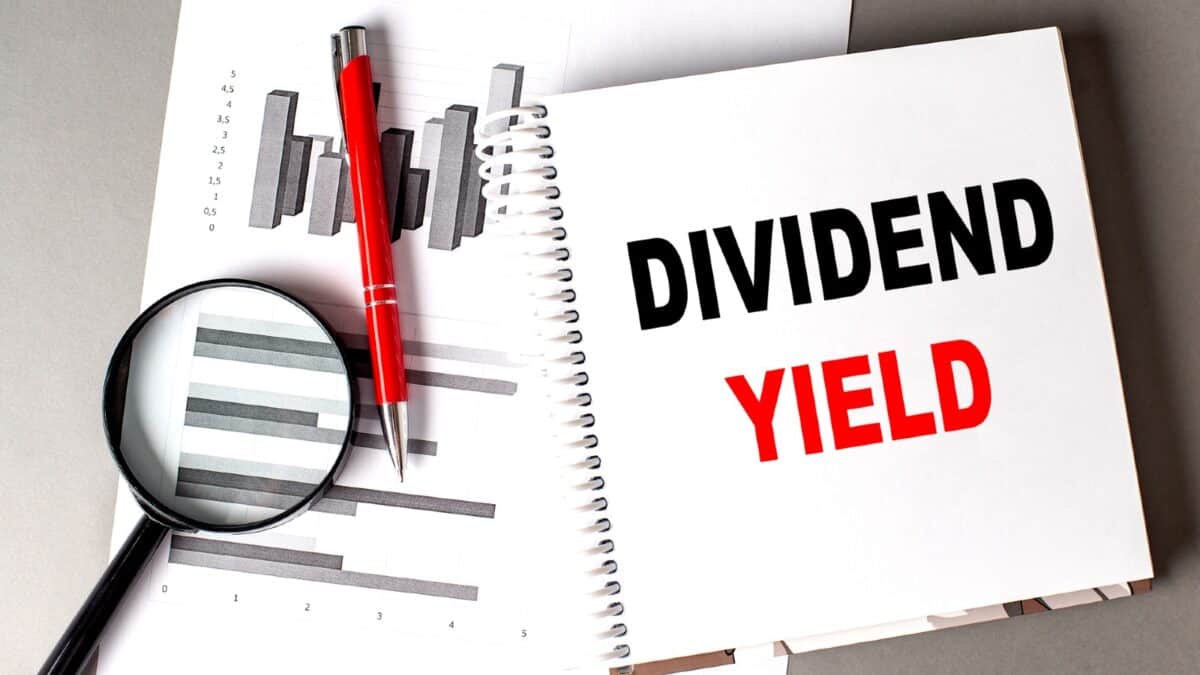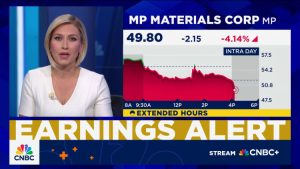Legal & General (LSE: LGEN) shares have one of the highest dividend yields in the FTSE 100 index right now. Looking at the forecast for 2025, they’re currently sporting a whopping yield of 9.4%.
Of course, in share investing there’s no such thing as a ‘free lunch’. So what’s the catch here?
The truth about high-yield stocks
When a stock has a really high yield, it’s typically a sign that large institutional investors are sceptical. These sophisticated investors are generally avoiding the stock (which has led to a lower share price and higher dividend yield).
If they weren’t skeptical, they’d buy the stock to take advantage of the income on offer. This would most likely push the share price up and lower the yield.
What’s the problem here?
So the question is – why are institutional investors avoiding Legal & General shares today? What’s lurking under the bonnet?
Well, the issue could be uncertainty in relation to the gilt (UK government bond) market. You see, Legal & General’s a major player in the LDI (liability driven investment) space. LDI involves projecting future liabilities (of a pension scheme, etc) and then generating returns from available assets (equities, bonds, gilts, gilt derivatives, etc) to meet these liabilities.
Now, when the gilt market’s volatile (like it has been recently), things can go wrong for companies that operate in the LDI space. That’s because they can face margin calls on their gilt derivative positions (meaning that they need to stump up more capital to hold on to their positions).
So there’s some uncertainty in relation to the Legal & General’s balance sheet and liquidity position (and future dividend payments). This could be a key factor behind the lack of interest in the stock at the institutional level.
Low dividend coverage
It’s worth pointing out that in recent years Legal & General’s dividend coverage ratio (the ratio of earnings per share to dividends per share ) has fallen to rather worrying levels. For 2024, it’s expected to be 0.87 (meaning earnings won’t cover dividends). This could be interpreted as a red flag. A ratio under one suggests the dividend payout may not be sustainable.
Share price volatility
Another risk factor for institutions could be general share price volatility. According to my data provider, Legal & General shares have a ‘beta’ of 1.65. This means that they are around 1.65 times as volatile as the broader market. In other words, if the UK market was to fall 10%, this stock could fall 16.5%.
This volatility adds risk as it could potentially offset any returns from dividends. It’s worth noting that there are plenty of dividend stocks with much lower betas. For example, National Grid and Unilever have betas of around 0.4, meaning their share prices are considerably less volatile than the market. Typically, institutional investors like lower volatility stocks because they’re responsible for protecting other investors’ capital.
Worth the risk?
So are Legal & General shares worth the risk? That’s hard to say. The 9.4% yield certainly looks attractive at more than twice the FTSE 100 average. But this is a relatively volatile stock. And there are no guarantees the company will continue to reward investors with massive dividends.
So it’s important to weigh up risk versus reward. They could be worth considering for income, but they stay on my watchlist for now.
This post was originally published on Motley Fool





